The cryptocurrency market is famous for its extreme price swings. While some coins experience long-term growth, others see sudden bull runs followed by sharp crashes. On Binance, this pattern can be observed in coins ranging from Bitcoin and Ethereum to newer altcoins. But why does it happen?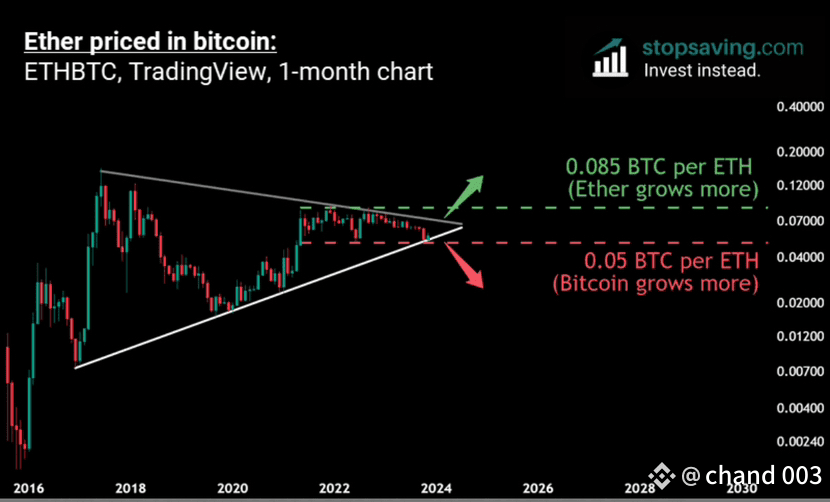
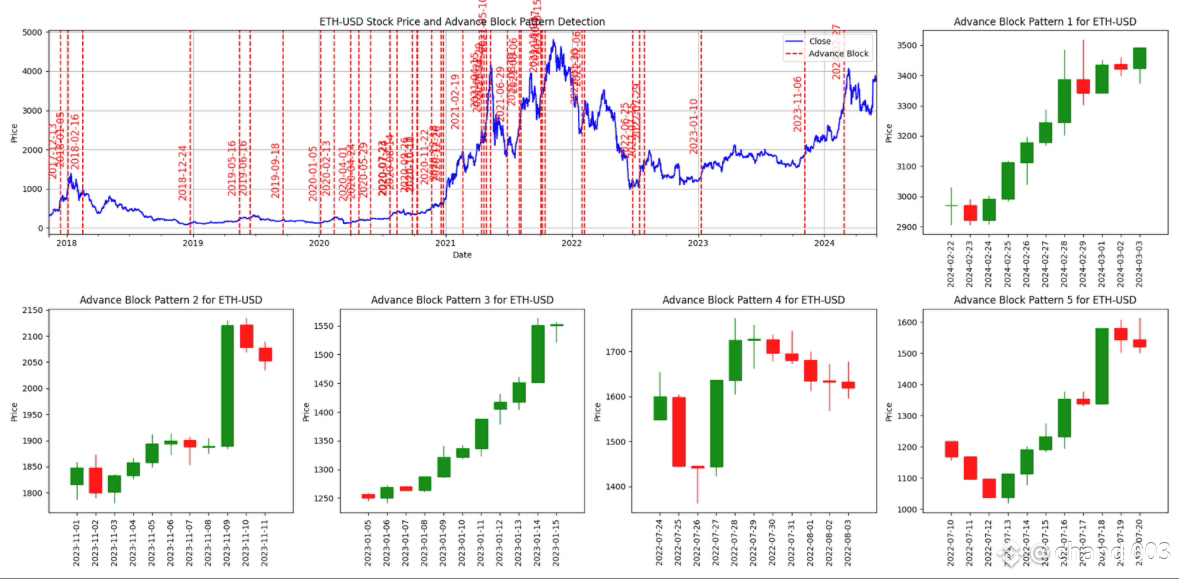
1. High Market Volatility
Unlike traditional markets, crypto trades 24/7 without a central authority controlling supply or demand. This means price changes happen rapidly, especially when trading volume spikes on platforms like Binance. A small shift in sentiment can push prices up or down dramatically in hours.
2. Speculative Trading
Many traders enter the market not for long-term investment but for quick profits. This “FOMO” (Fear of Missing Out) can drive prices up rapidly during a bull run. However, once early buyers take profits, selling pressure increases, leading to a crash.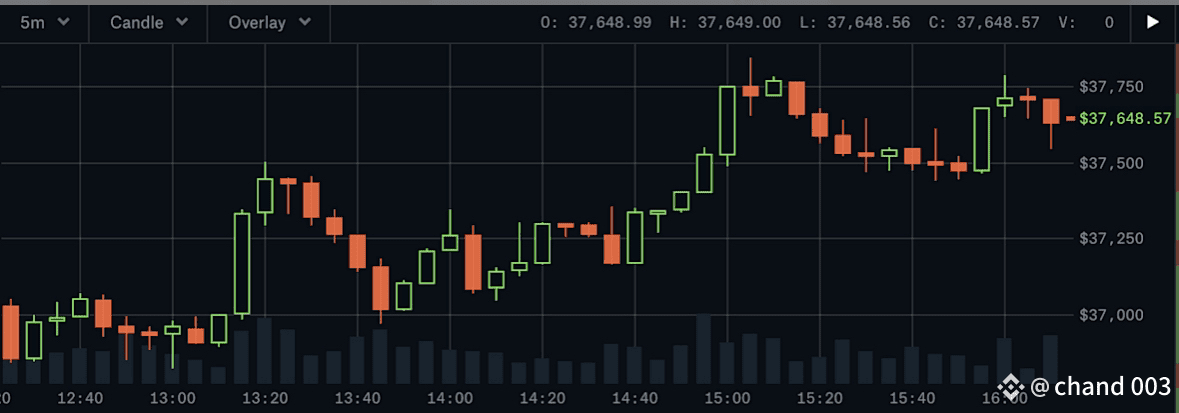
3. Low Liquidity in Small Coins
Smaller altcoins listed on Binance often have lower liquidity. This means a few large trades can significantly impact the price, causing sudden surges or drops.
4. News & Social Media Hype
A tweet from a celebrity, a major Binance announcement, or sudden media coverage can trigger rapid buying. But when the hype fades or negative news appears, prices quickly reverse.
Why crypto coin some short in time bull market and cresh .gime a artical for Binance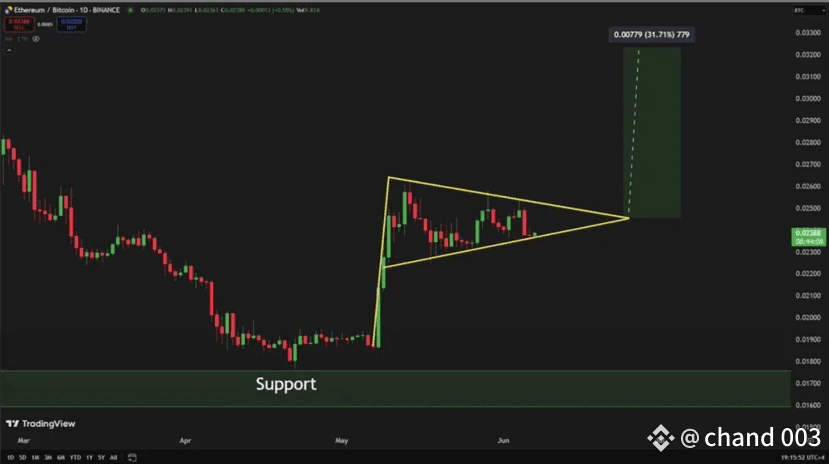
Why Some Crypto Coins Have Short Bull Runs and Sudden Crashes
(Binance Market Insights)
The cryptocurrency market is famous for its extreme price swings. While some coins experience long-term growth, others see sudden bull runs followed by sharp crashes. On Binance, this pattern can be observed in coins ranging from Bitcoin and Ethereum to newer altcoins. But why does it happen?
1. High Market Volatility
Unlike traditional markets, crypto trades 24/7 without a central authority controlling supply or demand. This means price changes happen rapidly, especially when trading volume spikes on platforms like Binance. A small shift in sentiment can push prices up or down dramatically in hours.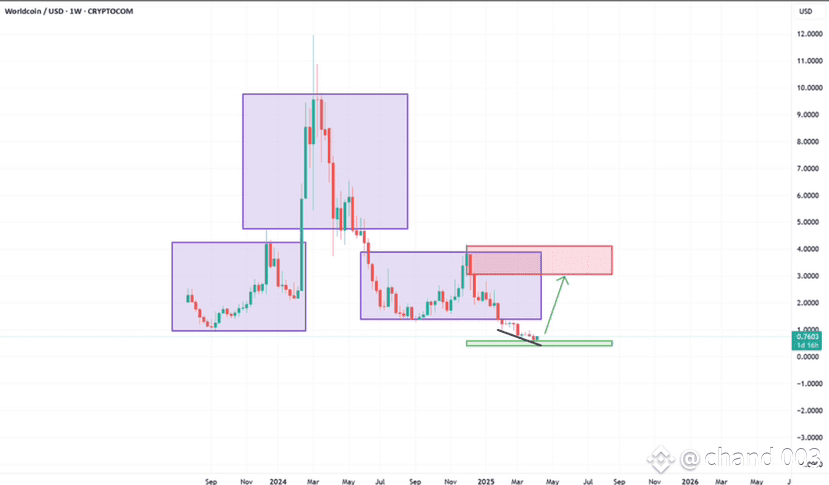
2. Speculative Trading
Many traders enter the market not for long-term investment but for quick profits. This “FOMO” (Fear of Missing Out) can drive prices up rapidly during a bull run. However, once early buyers take profits, selling pressure increases, leading to a crash.
3. Low Liquidity in Small Coins
Smaller altcoins listed on Binance often have lower liquidity. This means a few large trades can significantly impact the price, causing sudden surges or drops.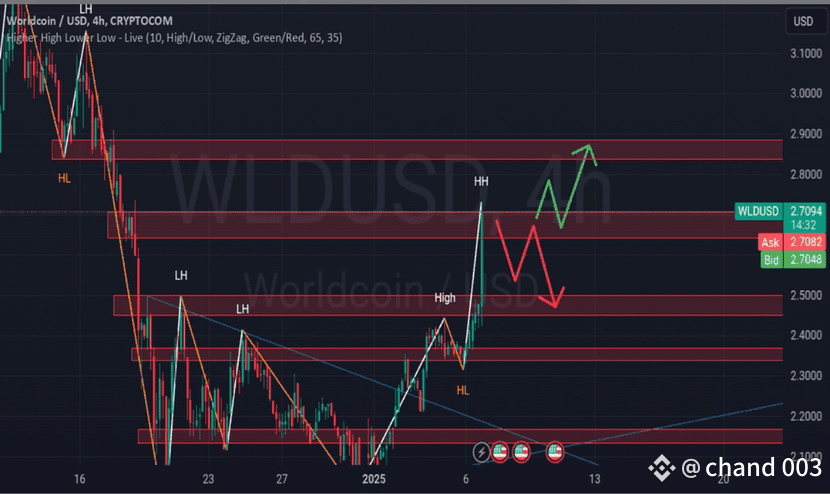
4. News & Social Media Hype
A tweet from a celebrity, a major Binance announcement, or sudden media coverage can trigger rapid buying. But when the hype fades or negative news appears, prices quickly reverse.
5. Whale Activity
Large investors (“whales”) can move millions in or out of a coin. On Binance, a whale buying a big position can trigger a mini bull run, but their sell-off can crash the market just as fast.
6. Market Manipulation
Pump-and-dump schemes—where groups coordinate to inflate prices and then sell at the top—still occur in crypto. Binance’s monitoring systems help detect unusual trading activity, but traders must still be cautious.
How Traders Can Protect Themselves
Use stop-loss orders to limit downside risk.
Avoid chasing hype without research.
Check trading volume and liquidity before investing.
Diversify rather than betting everything on one coin.
Bottom line:
Short-term bull runs and sudden crashes are part of the crypto ecosystem, especially on fast-moving exchanges like Binance. Understanding the causes can help traders navigate these moves and avoid being caught on the wrong side of the market.


